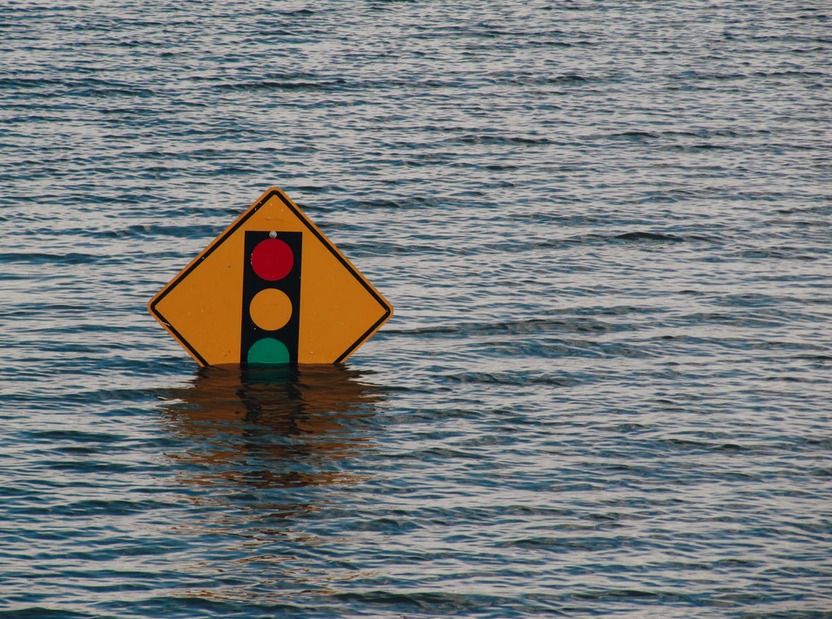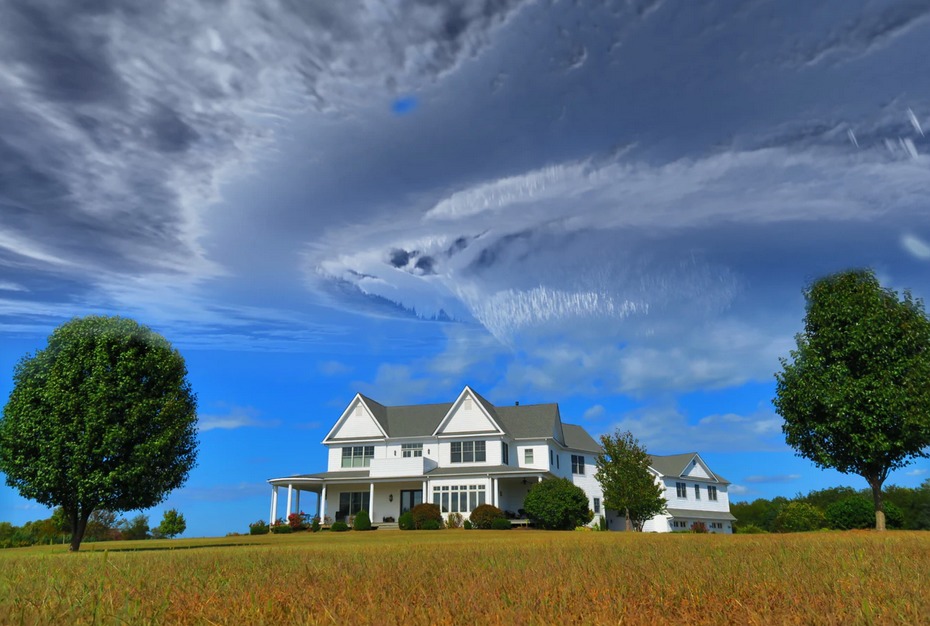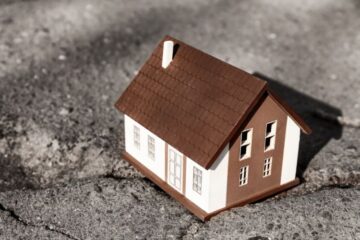Disaster Preparedness: A Guide for Every Homeowner

How prepared is your home for a disaster? This guide dives into essential disaster preparedness steps, ensuring homeowners can safeguard their families and homes against unforeseen events. From building an emergency kit to creating a robust communication plan, we cover all you need to know to stay ahead of the unexpected.
Why Every Home Needs a Disaster Preparedness Plan
Disasters don’t set appointments. Whether it’s a flood, earthquake, or hurricane, the suddenness can catch even the most seasoned homeowner off guard. The right plan can be the difference between chaos and calm.
Assessing Your Risk
Start with understanding your home’s vulnerability. Location plays a key role. Is your area prone to floods or wildfires? This knowledge tailors your preparedness plan.
- Identify local disaster risks.
- Review historical data and trends.
- Consult community resources for insight.
Building Your Emergency Kit
A well-stocked emergency kit is your first line of defense. It should cater to your family’s specific needs, including pets. Think beyond just food and water.
- Non-perishable food for at least three days.
- Gallons of water per person per day.
- First-aid supplies, medications, and personal hygiene items.
Helpful Hint:
Remember to check and refresh your emergency kit supplies every six months. It’s easy to forget that items like medications and batteries have expiration dates.
Creating a Communication Plan
When disaster strikes, being able to communicate with family, friends, and emergency services is crucial. A comprehensive communication plan keeps you connected when it matters most. But where do you start, and what should it include?
Why Is a Communication Plan Important?
In emergencies, regular communication channels may fail. Cell towers can go down, and internet service can be disrupted. A communication plan outlines alternative ways to stay in touch, ensuring everyone knows the next steps, even in the worst scenarios.
Key Components of a Communication Plan
Creating a communication plan involves several key steps:
- Identify your emergency contacts: List all crucial contacts, including family, friends, local emergency services, and utility companies.
- Choose a family meeting point: Pick a safe, accessible location where your family can regroup if separated.
- Designate out-of-area contacts: In case local communication networks are overloaded, an out-of-town contact can help relay messages among separated family members.
How to Stay Connected During a Disaster
With your basic communication plan in place, consider these strategies to enhance your ability to stay connected:
- Text, don’t call: Text messages use less bandwidth than phone calls and are more likely to get through in congested networks.
- Use social media wisely: Platforms like Facebook and Twitter can be effective ways to communicate with a large group of people quickly.
- Keep mobile devices charged: Have backup charging methods, such as portable battery packs or solar chargers.
Practicing Your Communication Plan
Having a plan is one thing; ensuring it works when needed is another. Practice your communication plan with all household members. Make sure everyone understands how to use alternative communication methods and knows who to contact in different scenarios.
- Conduct regular drills to practice the plan.
- Keep printed copies of the communication plan in easily accessible places.
- Review and update your plan annually or whenever your family situation changes.
Designate a Family Meeting Point
Choose a safe location outside your home as a rally point. It could be a neighbor’s house or a community center.
- Ensure all family members know the meeting point.
- Practice getting to the location from different areas.
Emergency Contacts and Information
Compile a list of essential contacts, including family, friends, and local emergency services. Keep a physical copy in your emergency kit and a digital copy accessible through your phone.
- Local emergency services and shelters.
- Medical facilities and pharmacies.
- Utility companies for outage reporting.
Helpful Hint:
Consider using a shared online document for your emergency contact list. This way, it’s easily accessible and can be updated in real-time by all family members.
Fortifying Your Home
Making your home resilient to disasters involves both structural and non-structural adjustments. From the foundation to the roof, every element matters.
Structural Reinforcements
Investigate the integrity of your home’s structure. Reinforcements might be necessary, especially in areas prone to earthquakes or high winds.
- Secure heavy furniture and appliances to walls.
- Consider storm shutters for windows in hurricane zones.
- Inspect and reinforce the roof and foundation.
Stats:
According to FEMA, just 1 inch of floodwater can cause up to $25,000 in damage. Upgrading to flood-resistant building materials can mitigate these costs significantly.
Planning for Evacuation
Some situations may require you to leave your home quickly. An evacuation plan that everyone understands is essential for these moments.
Routes and Logistics
Identify multiple evacuation routes from your home and practice them with your family. Consider traffic, road closures, and other obstacles you might encounter.
- Map out primary and alternative routes.
- Keep your vehicle fueled and ready if you own one.
- Understand public transportation options in your area.
Essential Documents and Valuables
Having quick access to important documents and valuables can save you a lot of trouble during and after a disaster.
- Gather documents like birth certificates, passports, and insurance policies in a waterproof container.
- Consider keeping digital copies in a secure, accessible online storage.
- Have a small, portable safe for valuable jewelry or hard drives.
Helpful Hint:
Practice your evacuation plan at different times of the day and in various weather conditions. This practice can reveal unexpected challenges and help you adjust your plan accordingly.
Understanding Your Insurance Coverage
Insurance can be a lifeline after a disaster, but only if it adequately covers your needs. Understanding what your policy includes and excludes is vital.
Review and Upgrade
Regularly review your insurance policies to ensure they match your current situation. Home improvements or purchases may increase the value of your assets.
- Ensure you have flood insurance if you’re in a flood-prone area.
- Understand the difference between replacement cost and actual cash value coverage.
- Consider additional coverage for earthquakes, floods, and other disasters not covered by standard policies.
Stats:
Nearly 60% of homeowners are underinsured by an average of 20%, according to a report from the insurance industry. This gap can lead to significant out-of-pocket expenses after a disaster.
Maintaining Your Preparedness
Disaster preparedness is not a one-time effort but a continuous process. Regular maintenance and updates ensure that your plans and supplies remain effective.
Regular Checks and Updates
Seasonally check your emergency supplies, test and maintain your home’s safety features, and update your plans as your family or situation changes.
- Replace expired supplies in your emergency kit.
- Test smoke alarms and replace batteries at least once a year.
- Revisit and practice your evacuation and communication plans periodically.
Additional Resources
- Ready.gov: Offers comprehensive information on disaster preparedness for various types of emergencies.
- Federal Emergency Management Agency (FEMA): Resources and guidelines for disaster preparedness, relief, and recovery services.


